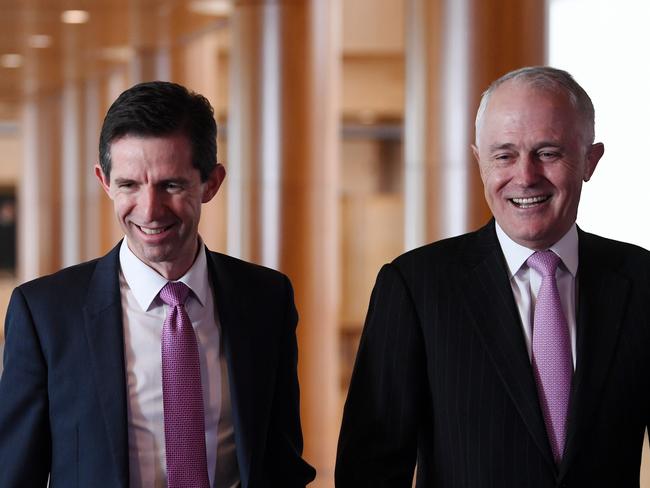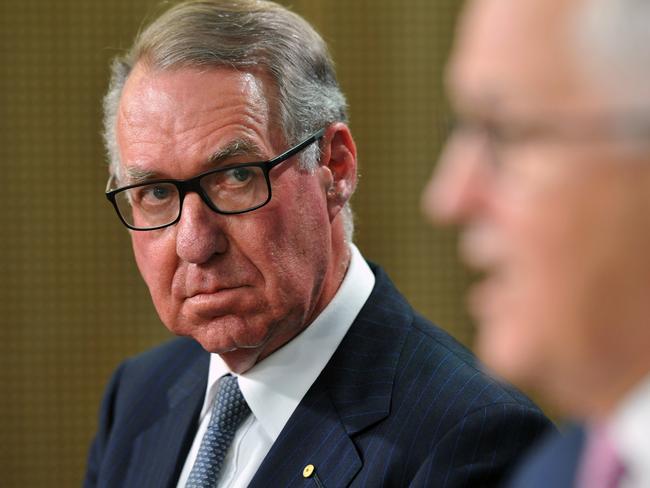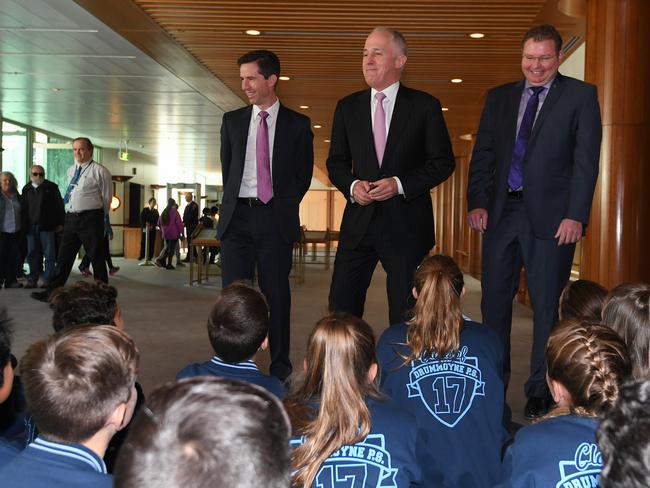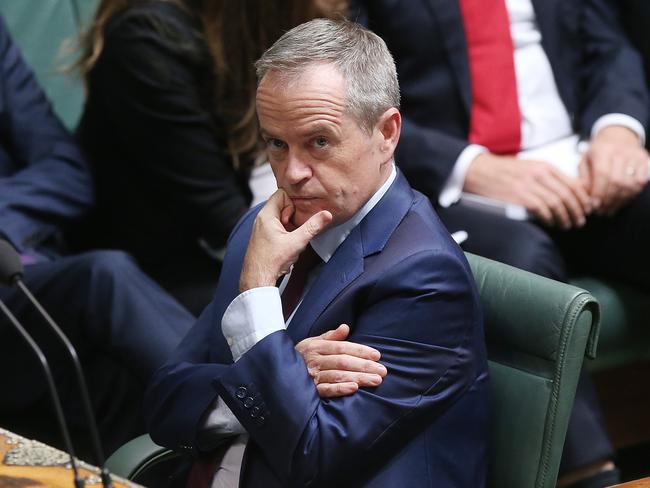What’s the deal with Gonski 2.0? Everything you need to know about the major schools funding change
WHEN it comes to big education funding changes, likely to pass today, who should you believe? Are schools really losing $22bn? We go behind the spin to reveal the facts.

National
Don't miss out on the headlines from National. Followed categories will be added to My News.
A MASSIVE overhaul of federal funding for schools is likely to pass parliament today.
For those who haven’t been following the twists and turns of the bitter debate over the so-called “Gonski 2.0” reforms, here’s a quick explainer.
How much will my school get under Gonski 2.0?
It’s not clear yet.
To lock in enough support to pass the reforms, the government has now agreed to give schools an extra $4.9 billion on top of the $18.6 billion originally committed in the May budget.
The roll out will be faster too. Schools will get the money over six years rather than over ten years.
A funding calculator, which could be used to check what each school would get under the new model, was launched after Prime Minister Malcolm Turnbull first announced the reforms in May. That will need to be updated now. It’s expected the funding calculator will be updated if the reforms pass parliament, so watch this space.

What is “Gonski 2.0”?
A new federal funding model based on the 2011 Gonski report.
Under the new model, schools will get a set amount of money for each student and then additional money based on loadings such as school size, location, socio-economic status and the number of students from indigenous backgrounds or non-English speaking backgrounds.
The new model and an extra $23.5 billion in federal funding will be rolled out over a transition period of six years.
Public schools, which get most of their funding from state governments, will get 20 per cent of their total funding from the federal government, up from 17 per cent this year.
Private schools will get 80 per cent of their total funding from the federal government, up from 77 per cent this year.

What’s the difference to the current model?
The government has a number of different funding deals with the states, which were signed under the former Labor government. The original deals were for six years of funding but the Coalition only committed to funding the first four years when they took government. Under the new model, the federal government will fund 80 per cent of the total amount for private schools and 20 per cent of total funding for public across the board.

Why are Labor and the Australian Education Union campaigning against the new model if it’s based on Gonski?
Gonski was Labor’s baby. It was first conceived under the Gillard Government.
And after the “I give a Gonski campaign” — which lobbied the Coalition to fund the final two years of the six-year Gonski funding deals signed under the former Labor government — it’s seems odd for the AEU to slam “Gonski 2.0” as well.
Particularly given the new model includes extra funding for schools.
AEU boss Correna Haythorpe has said the critical issue for the national union representing public schools however was the funding for private schools.
Despite public schools getting most of their funds from state governments, the union said it would continue to fight the Coalition for a bigger slice of the federal funding pie.
Meanwhile, Labor has said the deal will disadvantage the Catholic sector and claims it is a $22 billion cut to schools.

Is it a $22 billion cut to schools funding?
No. It’s less money than the $37.3 billion Labor said it would commit to Gonski funding but that money was an election promise — it was never included in a federal budget.
The Catholic education sector has been campaigning against the new funding model too. Why are they upset?
The National Catholic Education Commission claims more than 600 of its schools will be worse off under the Gonski 2.0 model because it will remove the current funding formula, which looks at the average socio-economic status of all the schools in the sector rather than individual schools.
But the government argues the sector will get more money under the new model.
Their funding was originally slated to increase by 62 per cent over the next decade to $6.7 billion. More money has now been included as part of a deal with the crossbench.
Under a deal done with crossbench senators yesterday, Catholic, Anglican and Lutheran schools will now get 12 months and $50 million to transition to the new model.
An independent resourcing agency will also be established to review the socio-economic status of schools, which will determine their level of funding.


